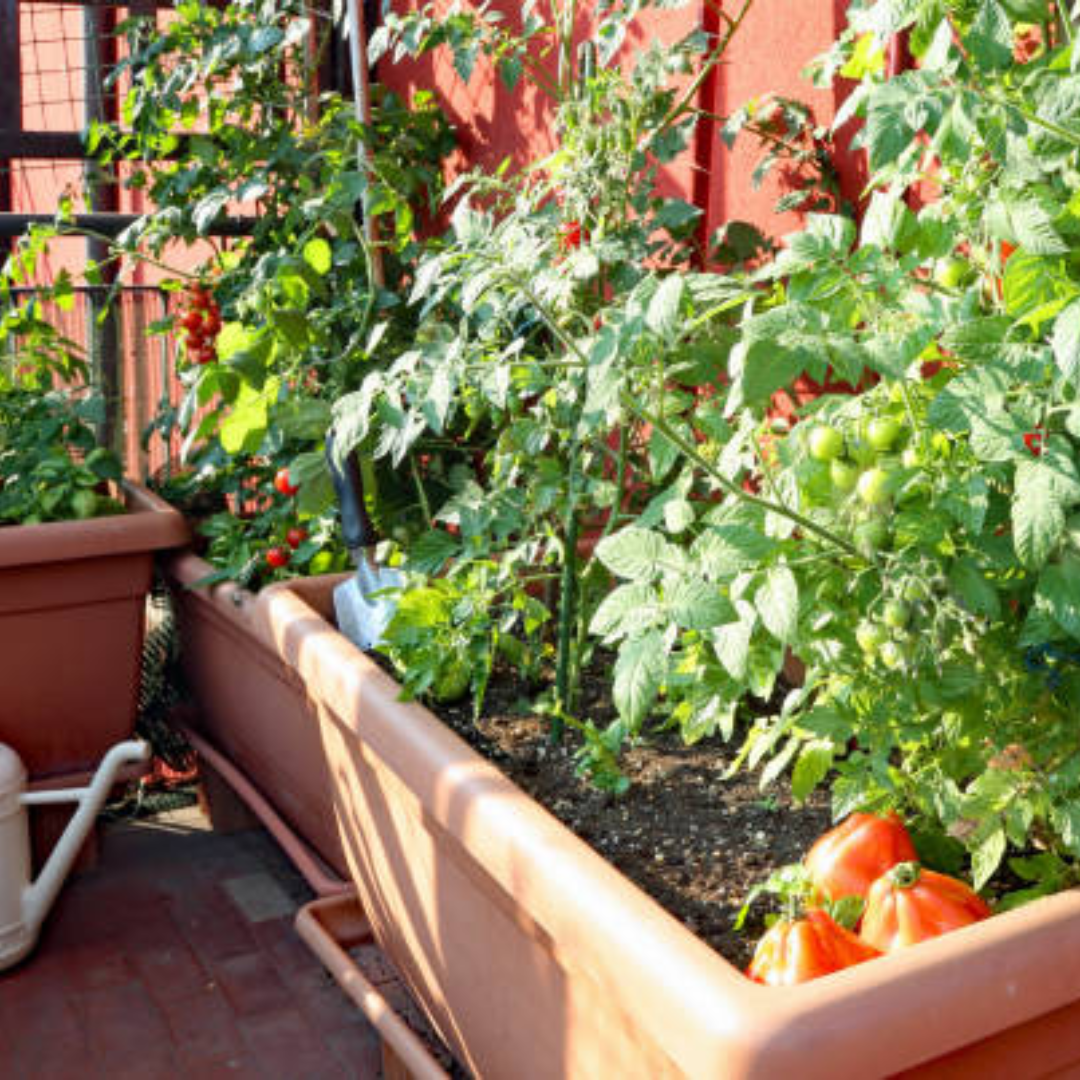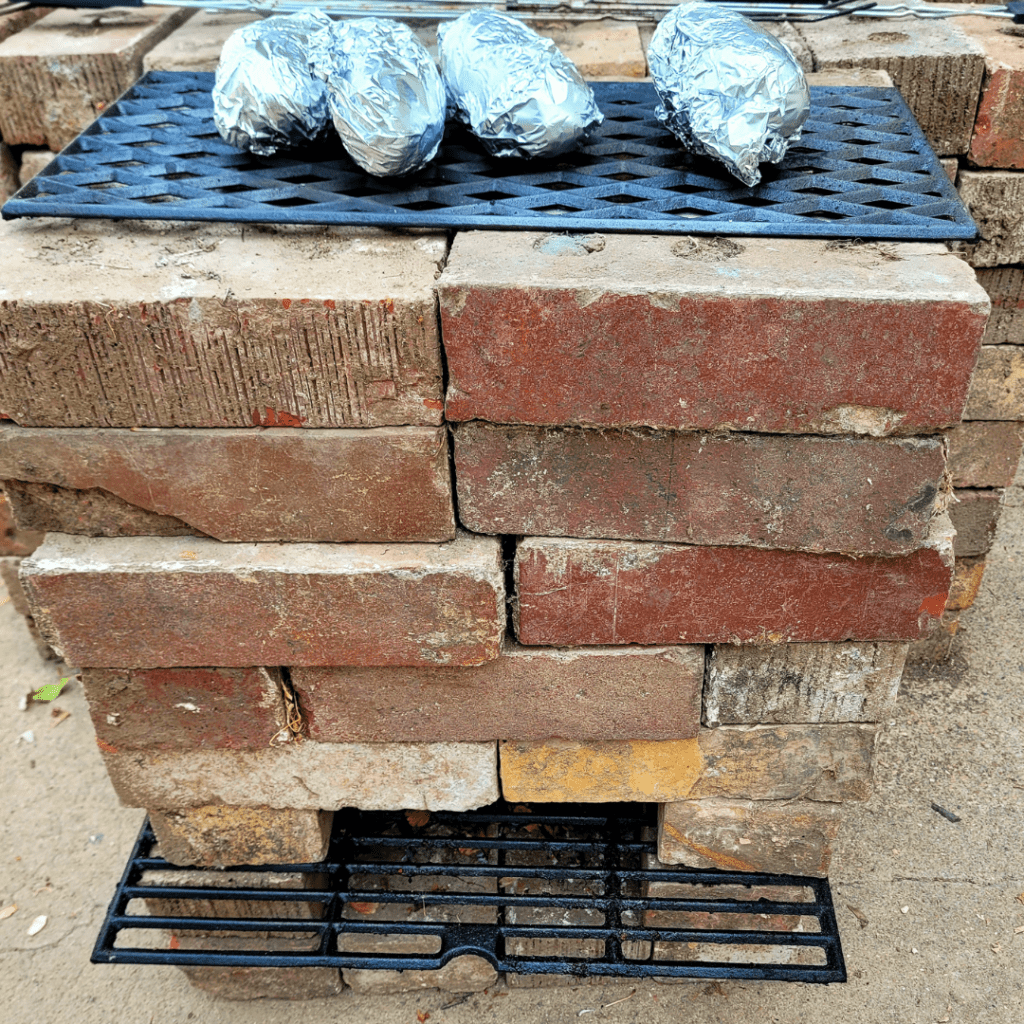You don’t need land or livestock to live a self-sufficient lifestyle. Apartment homesteading shows you how to grow food, reduce waste, and build practical skills in a small space. With the right mindset and simple systems, self-sufficiency is possible no matter where you live!
When I first started thinking about self-sufficiency, I imagined sprawling gardens and barns full of animals. But living in an apartment doesn’t mean you have to give up on that dream. Over time, I’ve discovered ways to grow food, store supplies, and practice homesteading skills—even in a small space. In this post, I’m sharing how apartment homesteading can be simple, practical, and surprisingly rewarding, no matter your square footage.
This is a pinnable post. Tap or hover over any image in this post to pin to your Pinterest Boards.
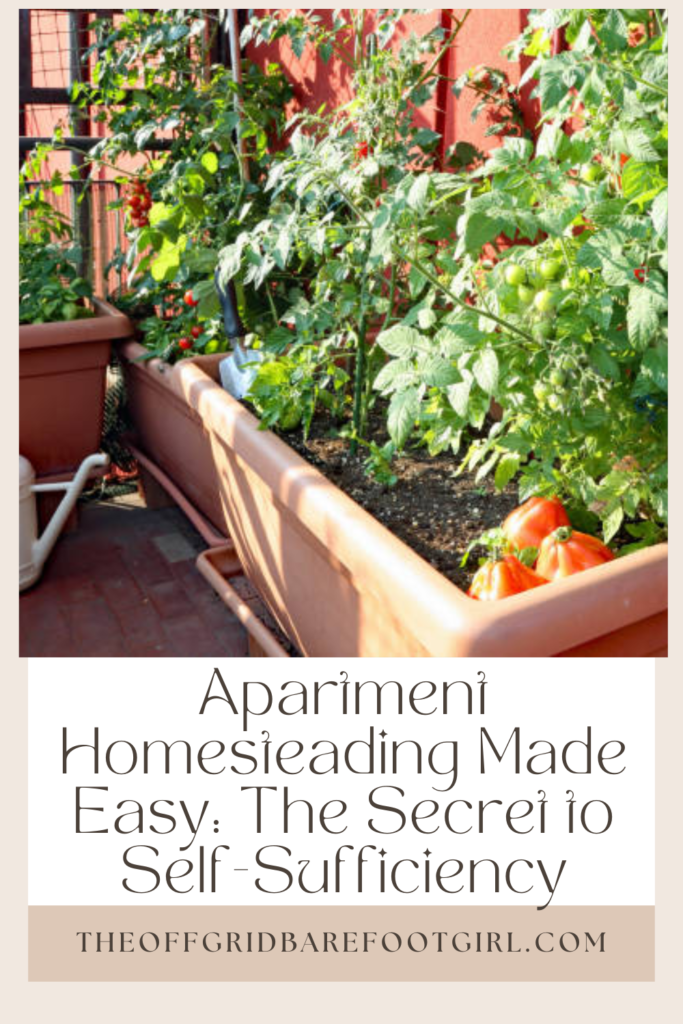
What Is Homesteading?
If you are here, you most likely already have an idea of what homesteading is, but wonder how you can get started. Homesteading is a lifestyle of self-sufficiency that involves growing your own food, preserving resources, and living off the land. While traditionally associated with rural settings, modern homesteading encompasses urban environments as well. It emphasizes skills like gardening, preserving food, and reducing reliance on external resources.
Urban Homesteading Explained
Urban homesteading adapts traditional homesteading practices to city living, making self-sufficiency achievable in apartments and small spaces. It involves activities like vertical gardening, composting, and beekeeping on a smaller scale. Urban homesteaders aim to produce some of their own food and reduce waste while living sustainably in urban settings.
I Was Once a Trailer Park Homesteader!
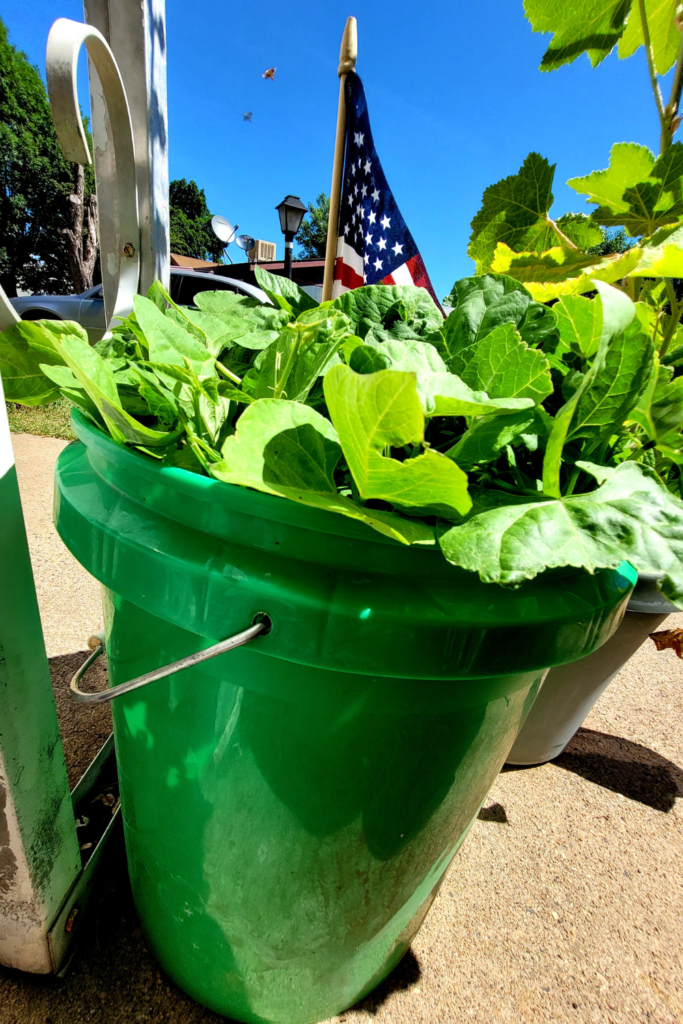
Living as a trailer park homesteader has been an incredible journey of creativity and perseverance, and I have learned a lot. My tiny lot became a flourishing oasis, with buckets of food sprouting from every available space on my carport. I transformed my porch railings into a living lattice of vining plants, creating a lush, green canopy that not only provided fresh produce but also added a touch of natural beauty to my home.
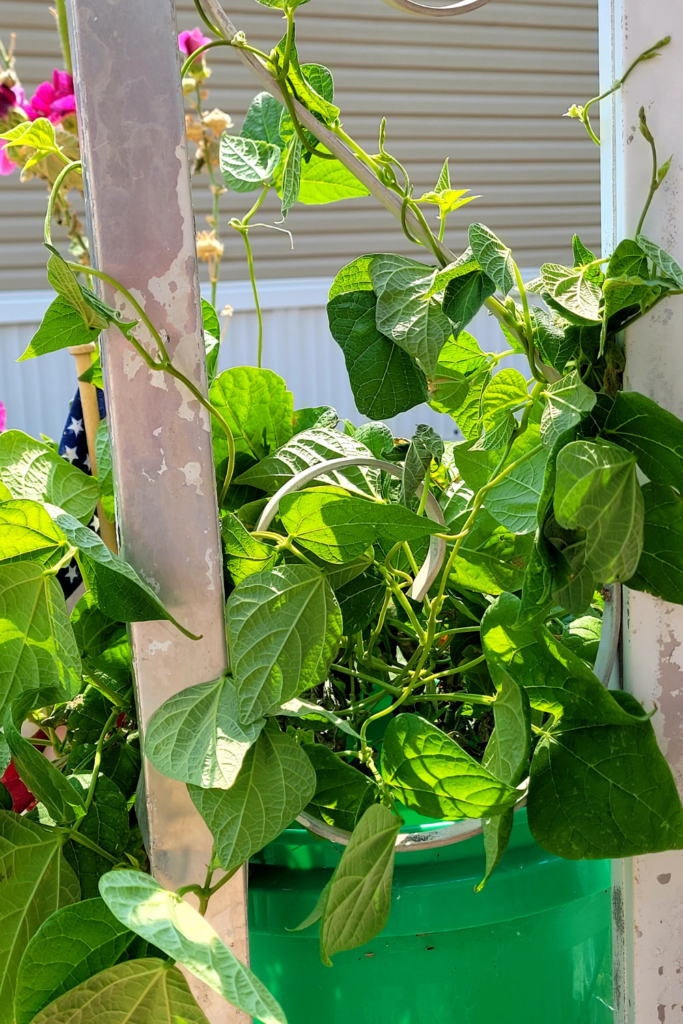
Every corner of my lot was utilized efficiently, with grow bags and containers filled with herbs, vegetables, and even some fruits. The satisfaction of harvesting my own food from such a compact area was immensely rewarding and proved that with a bit of ingenuity, anyone could practice homesteading regardless of space limitations.
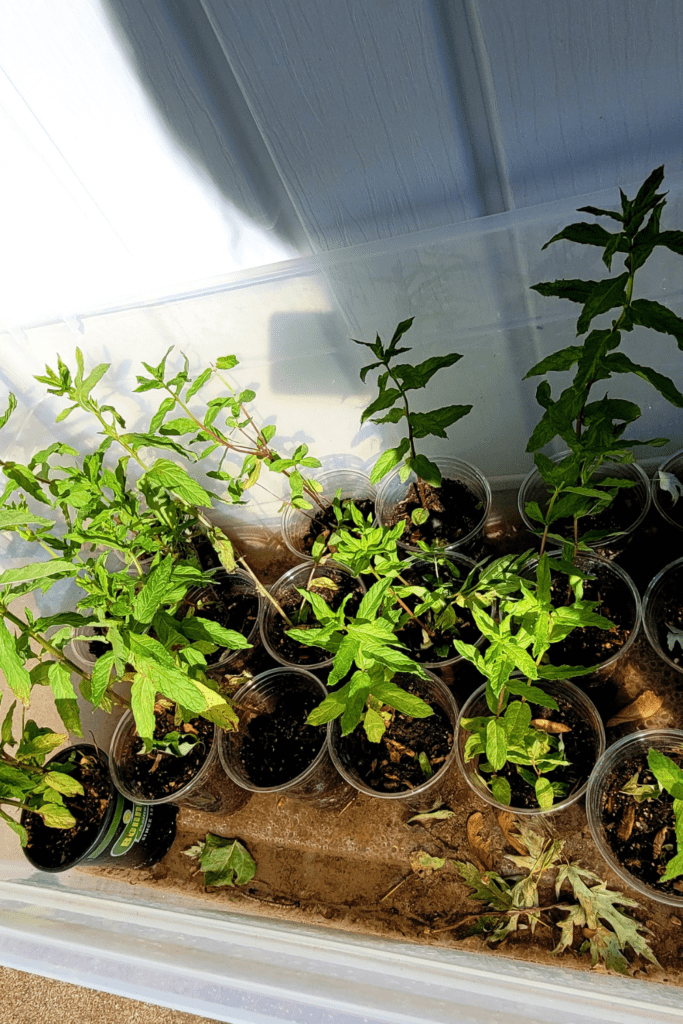
I Was Known As the Trailer Park Farmer Girl!
My efforts to turn my trailer park lot into a mini-farm did not go unnoticed, earning me the affectionate nickname of the “trailer park farmer girl.” However, my passion for growing food also drove my landlord a bit baffled at my chaotic mess. The abundance of buckets and grow bags scattered around my lot sometimes clashed with the more conventional aesthetic preferences of the park management.
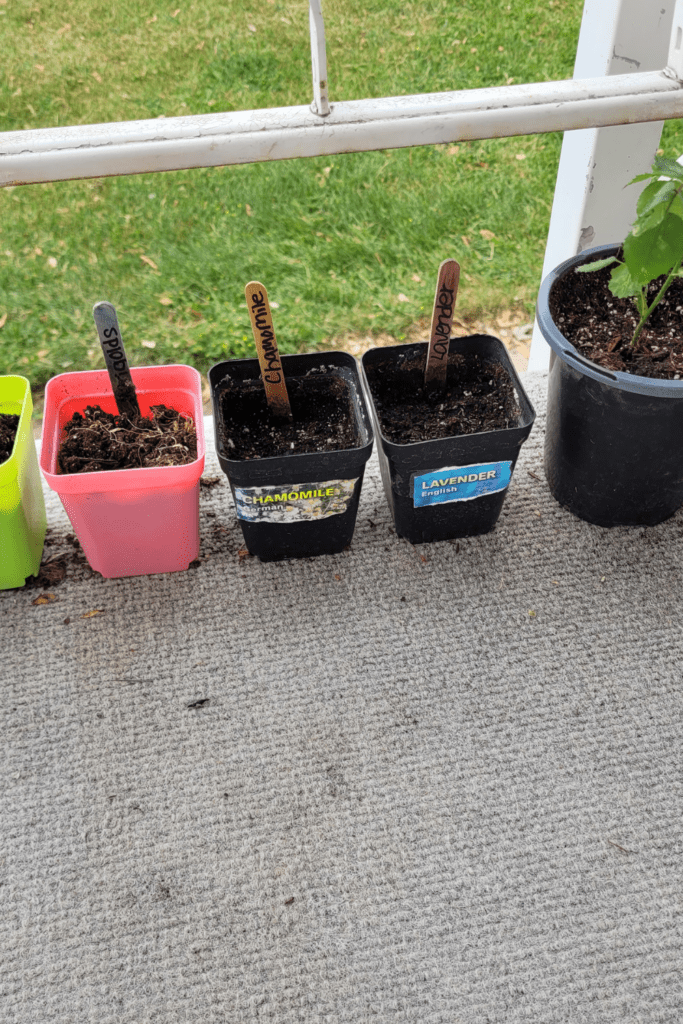
Despite this, I remained committed to my homesteading vision, finding joy in the process and pride in the productivity of my little piece of land. My experience as a trailer park homesteader not only fed my body but also nourished my spirit, proving that a self-sufficient lifestyle is attainable in even the most unlikely places!
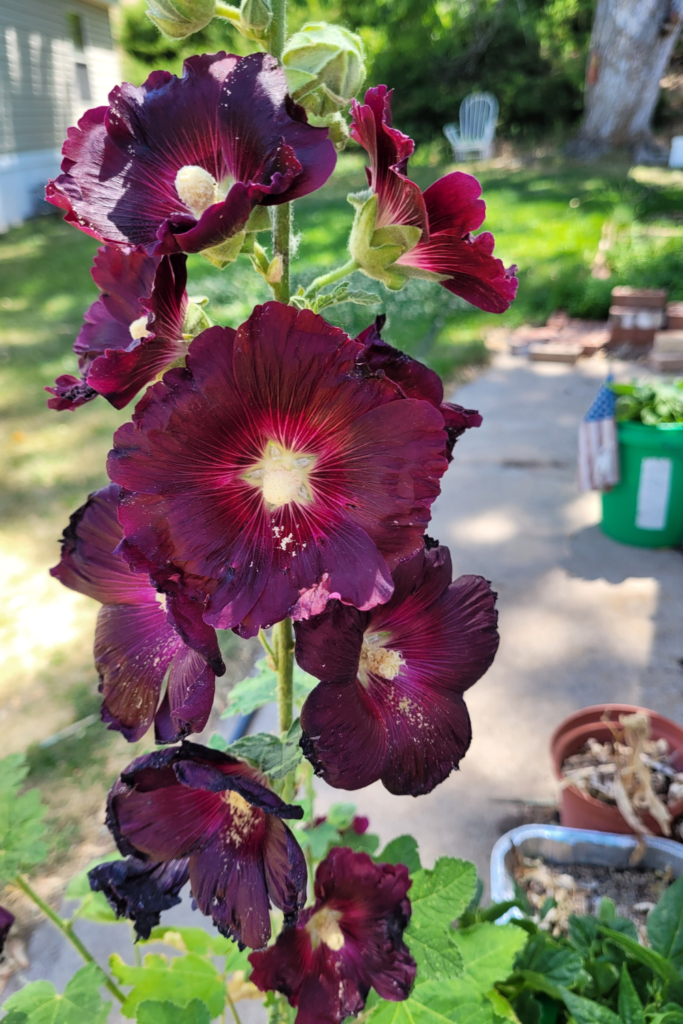
Principles of Homesteading
Homesteading is guided by principles such as sustainability, self-reliance, and environmental stewardship. It emphasizes simplicity, resourcefulness, and a deep connection to the land. By following these principles, you can create a more sustainable lifestyle and reduce your ecological footprint.
While my trailer park homesteading is not apartment homesteading, it merely gives you an impression and ideas of the reality that you really can homestead anywhere! Grow where you are planted!
Understanding Homesteading
Homesteading is a lifestyle focused on self-sufficiency, where you aim to produce your own food, clothing, and other necessities. It involves living off the land and reducing reliance on outside resources. Let’s discuss the intricacies of homesteading!
What Is Homesteading?
Homesteading is a way of life that promotes independence by growing your own food, raising animals, and making things by hand. It encompasses a deep connection to nature and a desire to live sustainably. Homesteaders often embrace practices like composting, permaculture, and off-grid living to reduce their impact on the environment.
Urban Homesteading Explained
Urban homesteading adapts traditional homesteading principles to city living. It involves utilizing small spaces efficiently for activities such as gardening, preserving food, and even keeping a few backyard chickens. Urban homesteaders find creative ways to incorporate self-sufficiency practices into their everyday urban lifestyles.
Principles of Homesteading
Homesteading is guided by several key principles that revolve around sustainability, self-reliance, and simplicity. These principles include reducing waste, conserving resources, and respecting the environment. Homesteaders prioritize organic practices, community sharing, and a back-to-basics approach to living. By following these principles, you can lead more sustainable and fulfilling lives, even in urban environments.
Practical Tips for Urban Homesteading
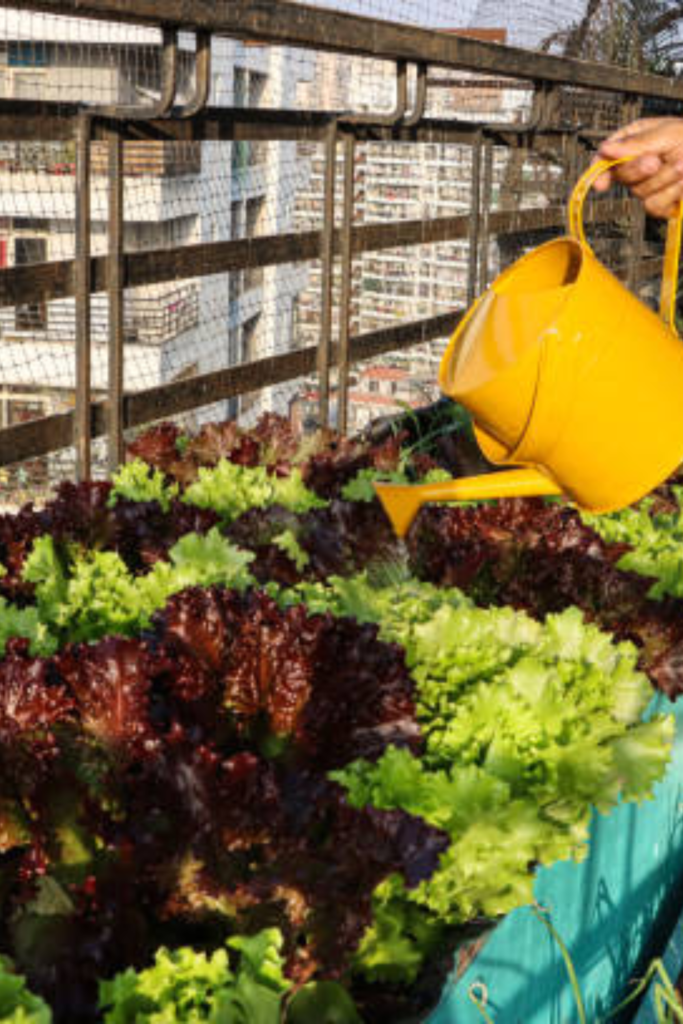
Urban homesteading comes with its own set of challenges and opportunities. By embracing practical tips tailored to urban living, you can create a self-sufficient lifestyle even in a limited space. Let’s explore some key strategies for urban homesteading:
Starting Small: Homesteading on a Small Scale
- Begin by assessing your available space, whether it’s a balcony, windowsill, or a small trailer lot, or a backyard.
- Start with easy-to-grow plants like herbs, tomatoes, or peppers in containers.
- Consider incorporating vertical gardening or using hanging planters to maximize space.
Starting small allows you to learn and adapt your homesteading practices before expanding to more ambitious projects.
Self-Sufficiency in Urban Spaces
- Focus on producing essentials that you regularly consume, such as herbs, fruits, or vegetables.
- Explore alternative options like microgreens or sprouts that require minimal space and resources.
- Look into keeping small livestock like chickens or rabbits if local regulations permit, for a sustainable source of eggs or meat.
By being intentional about what you produce, you can achieve a degree of self-sufficiency even in a city environment.
Sustainable Practices in Urban Homesteading
- Implement composting to recycle kitchen scraps and generate nutrient-rich soil for your garden.
- Collect rainwater in barrels to reduce water waste and reliance on municipal sources.
- Utilize natural pest control methods like companion planting or DIY remedies to avoid harsh chemicals.
Embracing sustainable practices not only benefits the environment but also contributes to the resilience of your urban homestead.
Essential Skills and Practices
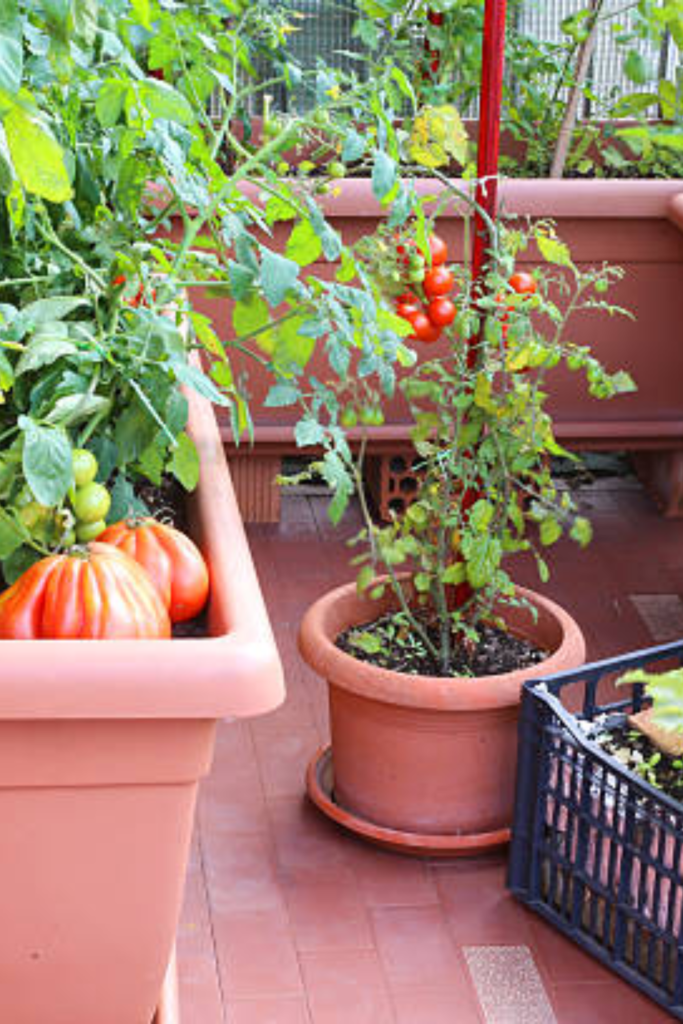
In the realm of apartment homesteading, mastering essential skills and practices is crucial to achieving self-sufficiency. This section discusses the key aspects like growing your own food, food preservation techniques, cooking from scratch, and utilizing sustainable resources.
Growing Your Own Food
- Container Gardening: Ideal for small spaces. Herbs, microgreens, and certain vegetables can thrive indoors.
- Vertical Gardening: Utilize vertical space effectively. Options include wall-mounted planters and hanging containers.
- Hydroponics: Soil-less growing technique. Perfect for cultivating herbs and leafy greens indoors or on balconies.
Food Preservation Techniques
- Canning: Preserve fruits and vegetables in airtight jars. Suitable for making jams, pickles, and sauces.
- Freezing: Retains nutrients and flavor. Ideal for berries, chopped herbs, and pre-cooked meals.
- Dehydrating: Extends shelf life by removing moisture. Great for making jerky, dried fruit, and herbs.
Cooking from Scratch
- Basic Cooking Skills: Learn to prepare meals using fresh ingredients. Enhances flavor and nutrition.
- Meal Planning: Efficient use of homegrown produce. Reduces waste and saves money.
- Creating Pantry Staples: Make essentials like bread, yogurt, and pasta from scratch. Ensures control over ingredients and quality.
Using Sustainable Resources
- Composting: Turn food scraps into nutrient-rich soil. Minimizes waste and enriches garden beds.
- Rainwater Harvesting: Collect rainwater for watering plants. Reduces water bills and conserves resources.
- Upcycling and Repurposing: Give new life to old items. Create planters from containers or utensil holders from tin cans.
Homesteading in Action
Homesteading in action involves practical steps to make your living space more self-sufficient and sustainable. Let’s get right into some key aspects of homesteading in action:
Setting Up Your Space: Kitchen, Garden, and Tool Shed
- Kitchen: Designate space for growing herbs, storing homemade preserves, and cooking from scratch. Utilize vertical space with shelves for jars and spices.
- Garden: Plan and plant a variety of vegetables, herbs, and fruits. Use raised beds or containers if space is limited. Implement composting for organic waste.
- Tool Shed: Organize essential gardening tools like shovels, pruners, and watering cans. Create a workspace for small DIY projects and repairs.
Embracing DIY Mindset
- Repairs and Maintenance: Learn basic repair skills for household items, garden structures, and tools. DIY repairs save money and reduce waste.
- Upcycling: Reimagine household items or furniture for new purposes. Turn old containers into planters or pallets into garden furniture.
- Handmade Products: Explore crafting skills like soap making, candle making, or woodworking. Personalized handmade products add a unique touch to your homestead.
Incorporating Homesteading Lifestyle
- Healthy Living: Embrace a lifestyle focused on organic foods, physical activity in the garden, and mental well-being through connecting with nature.
- Reduce, Reuse, Recycle: Practice sustainable habits like reducing energy consumption, reusing materials creatively, and recycling waste effectively.
- Community Engagement: Share surplus produce with neighbors, participate in local food initiatives, and attend farmers’ markets to support local producers and build a sense of community. Click here to learn How Supporting Farmer’s Markets Makes a Difference.
Further Learning and Community Building
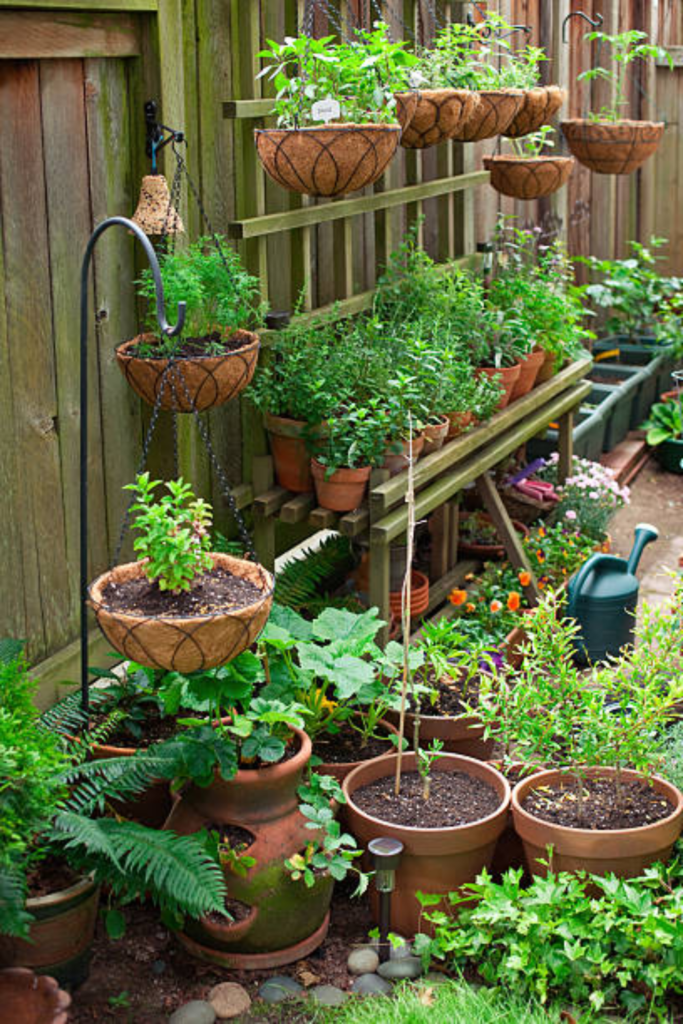
Resources for Learning Homesteading Skills
Finding reliable resources to enhance your homesteading skills is crucial for your success. Here are some valuable sources to consider:
- Online Courses: Platforms like Udemy and Coursera offer courses on gardening, food preservation, and sustainable living.
- Books and Guides: Look for books by experienced homesteaders, such as “The Backyard Homestead” by Carleen Madigan.
- Local Workshops: Check out community centers or agricultural extension offices for hands-on workshops in your area.
By utilizing these resources, you can deepen your knowledge and gain practical skills to thrive in your homesteading journey wherever you are!
Engaging with Local Farmers and Markets
Building relationships with local farmers and markets can provide you with valuable insights and resources for your homesteading efforts:
- Farm Visits: Arrange visits to local farms to learn about farming practices and sustainable techniques.
- Farmers Markets: Support local producers by shopping at farmers markets, where you can find fresh produce and connect with like-minded individuals.
- Community Supported Agriculture (CSA): Joining a CSA can provide you with a regular supply of farm-fresh products while supporting local farmers.
Engaging with the agricultural community not only enriches your homesteading experience but also fosters a sense of community and shared knowledge.
Sharing Experiences: Homesteading Community
Being part of a homesteading community can be both enriching and empowering. Consider the following ways to engage with and contribute to the homesteading community:
- Join Online Forums: Platforms like Homesteading Today and Permies offer spaces to share experiences, ask questions, and learn from others.
- Organize Meetups: Host gatherings or potlucks with fellow homesteaders in your area to exchange ideas and tips.
- Volunteer: Offer your time at local community gardens or homesteading events to connect with like-minded individuals and give back to the community.
By actively participating in the homesteading community, you can forge meaningful relationships, exchange knowledge, and find support in your homesteading endeavors.
My Favorite Resource Person for Small Space Homesteading!
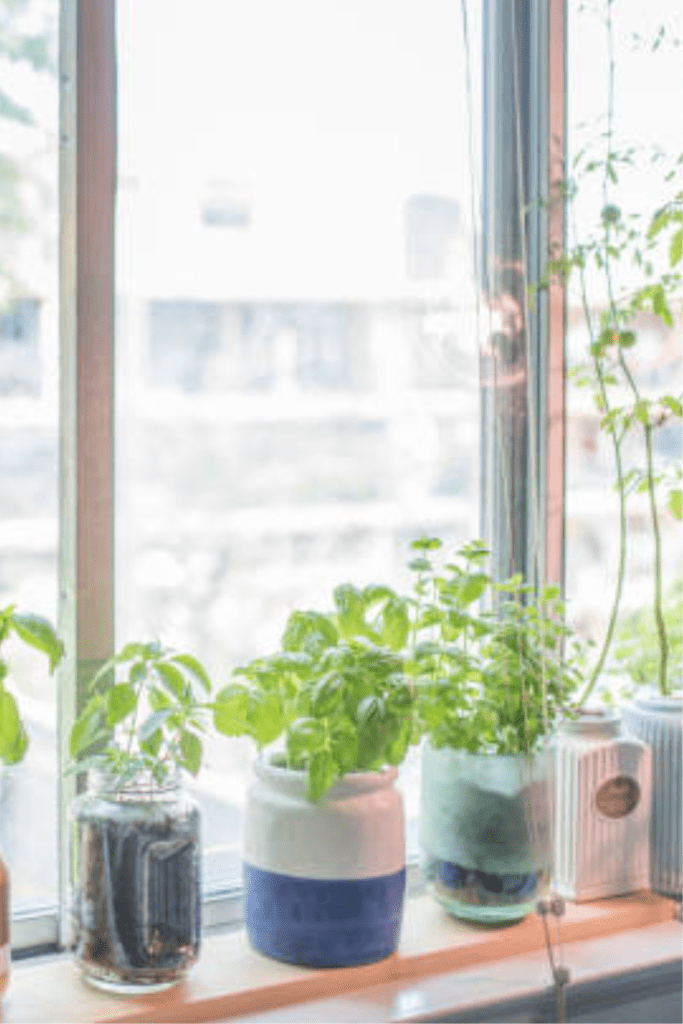
One of my absolute favorite resources for small-space homesteading is the website becomingafarmgirl.com. This site, created by a passionate and knowledgeable homesteader, offers a wealth of information and inspiration for those looking to cultivate a self-sufficient lifestyle in limited spaces. From practical tips on container gardening to creative ideas for maximizing every inch of your living area, becomingafarmgirl.com covers it all.
The relatable and down-to-earth approach of its creator makes the content accessible and encouraging for beginners and seasoned homesteaders alike. Whenever I need guidance or a boost of motivation, I turn to becomingafarmgirl.com, knowing I’ll find expert advice and a community of like-minded individuals dedicated to making the most out of their small spaces! She also has a YouTube channel and is a pleasure to watch, with a wealth of knowledge, great ideas, and tips!
Why You Want to Become An Apartment Homesteader
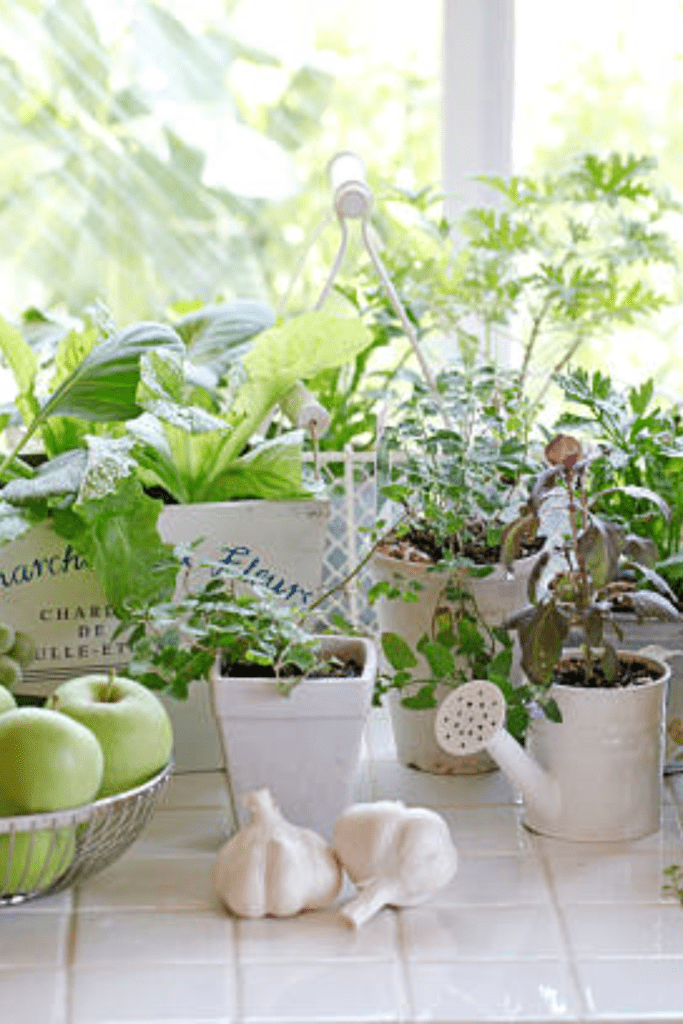
Becoming An Apartment Homesteader
Becoming an apartment homesteader appeals to many who seek a sustainable, self-sufficient lifestyle despite living in an urban environment. The desire to grow your own food, reduce your ecological footprint, and create a personal green oasis drives you to explore homesteading within the confines of your apartment. You crave the satisfaction and peace that comes from nurturing plants and producing fresh, homegrown vegetables and herbs.
Additionally, apartment homesteading allows you to reconnect with nature, even in a city setting, and contribute to your health and well-being by incorporating organic and fresh produce into your diet. For many, it’s also about the challenge and creativity involved in transforming limited space into a productive and thriving mini-farm, proving that sustainability and self-sufficiency are achievable anywhere!
Reflecting on Your Homesteading Journey
As you reach the end of this guide, take a moment to reflect on your homesteading journey. Consider how far you’ve come, the skills you’ve acquired, and the lifestyle changes you’ve embraced. Homesteading is not just about self-sufficiency; it’s a mindset that fosters sustainability and independence in a modern world.
Embracing the Homesteading Lifestyle
Embracing the homesteading lifestyle goes beyond just growing your own food or making homemade products. It’s about reconnecting with nature, understanding where your resources come from, and appreciating the effort that goes into sustainable living. By incorporating these values into your daily life, you’re not only benefiting yourself but also the environment around you.
Continuing Your Homesteading Journey
As you move forward, continue to expand your homesteading skills and knowledge. Explore new techniques in gardening, food preservation, or renewable energy sources. Engage with the homesteading community, share your experiences, and learn from others. Remember, homesteading is a journey of continuous learning and growth.
Leaving a Legacy for Future Generations
By practicing homesteading and embracing self-sufficiency, you are not only improving your own life but also leaving a legacy for future generations. The values of sustainability, resilience, and resourcefulness that you embody today can inspire others to lead a more mindful and intentional life tomorrow. Your actions today can have a lasting impact on the world around you.
If you are ready to start your journey for a more self-sufficient lifestyle, check out my other post about how to get started and the skills you may need.
Road to Self-Sufficiency: How to Start Your Journey
Conclusion
As I come to a conclusion, it’s clear that living sustainably and achieving self-sufficiency is within reach, no matter the size of your living space. By incorporating these practical tips and creative solutions, you can transform your apartment into a thriving, eco-friendly sanctuary. From growing your own herbs and vegetables to reducing waste and making mindful choices, every small step contributes to a more sustainable lifestyle.
Remember, the journey to self-sufficiency is a continuous process of learning and adapting. Embrace the challenges and celebrate the successes along the way. Here’s to making your apartment homesteading dreams a reality and inspiring others to do the same!
Here are some more of my own resources to help you get started!
- Must-Have Tools for a Successful Balcony Vegetable Garden
- Clever Ways to Incorporate Indoor Composting into Your Home
Want more homesteading guides? Check out: The Real-Life Homesteading Guide: Expectations, Challenges, and How to Thrive
Resources: Here are some helpful resources for further information.
- 13 Ways to Start Apartment Homesteading – By Homesteading Suburbia
- Apartment Homesteading: How to Homestead In a Rental – By An Off Grid Life
- Apartment Homesteading – How to Be Self-Sufficient – By High Desert Homesteader
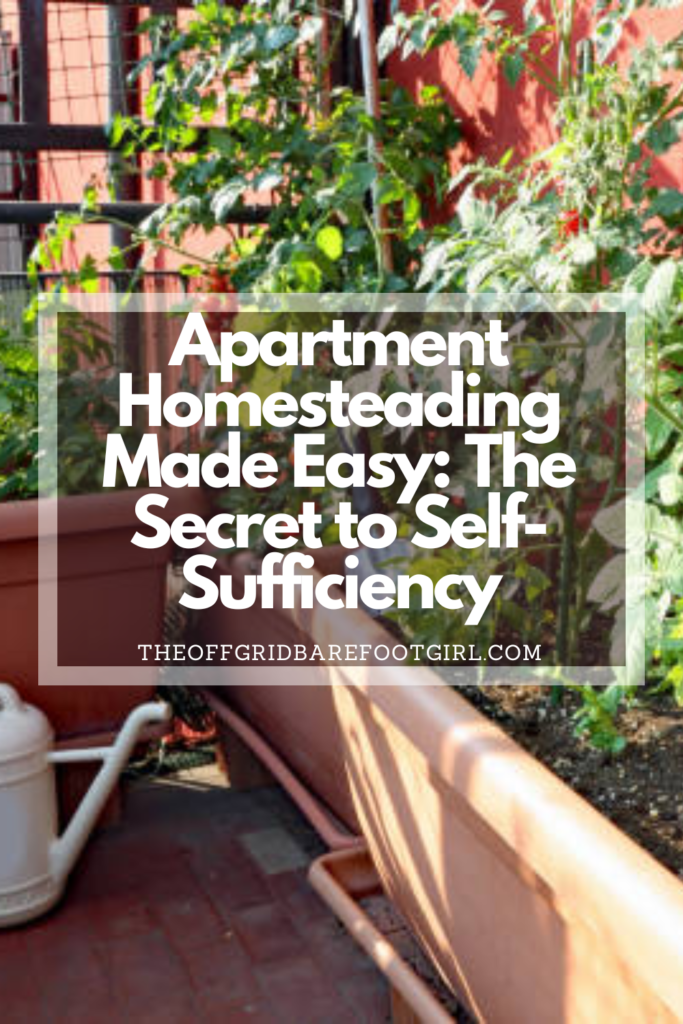
Frequently Asked Questions
1. Can I really grow my own food in an apartment?
Absolutely! With the right techniques and tools, you can grow a variety of herbs, vegetables, and even some fruits in your apartment. Utilize windowsills, balconies, and vertical gardening solutions to maximize your growing space.
2. How can I reduce waste in a small living space?
Reducing waste in an apartment is all about smart habits and efficient systems. Start by composting kitchen scraps, using reusable bags and containers, and being mindful of your consumption. Recycling and upcycling items can also significantly cut down on waste.
3. What are some easy-to-grow plants for beginners?
For those new to apartment gardening, start with herbs like basil, mint, and parsley, which are easy to grow and require minimal space. Leafy greens like lettuce and spinach, as well as compact vegetables like cherry tomatoes and peppers, are also great options.
4. How can I create a sustainable lifestyle in an apartment?
Creating a sustainable lifestyle in an apartment involves making mindful choices in your daily life. Focus on reducing energy and water consumption, choosing eco-friendly products, supporting local and sustainable businesses, and finding ways to reuse and recycle items whenever possible. Small changes can lead to a significant impact over time.
Summary
I hope I have inspired you to try apartment homesteading with these helpful tips and products. Here are some other links you may be interested in reading!
Crush the Ham Radio Test with This Proven Prep Guide!
Why You Need Ham Radio Aerials for Your Survival Communication!
How to Shop the Amish Market: Scoring Big Savings!
Survive the Peaks: The Best Avalanche Gear on the Market!
Bug In and Survive a Grid Down: Survival Training Course!
Bugout Bags and Survival Training Course with Grid Down Consulting!
Get These Vital Emergency Survival Equipment Now!
Bartering: How To Negotiate Commodities with Astonishing Results!
Warning: Why You Need Whole Home Water Purification Now!
How to Design Off Grid Power Systems for Your Homestead
How Many Watts Does a Fridge Use? Energy Efficient Guide
The Best States for Off Grid Living: Unplugged and Thriving
Composting Toilet Systems Are Surging: Ditch Your Septic Tank Now!
Are Greywater Tanks the Key to Sustainable Living? Find Out Now!
How to Live Off-Grid: 11 Tips to Survive and Thrive!
Are Survival Food Kits Worth It? The Truth Revealed!
Do You Really Need Faraday Bags? The Shocking Truth Revealed!
The Best Doomsday Preppers Blogs to Follow Now Before SHTF!
The Ultimate Camping Gear Checklist: Everything You Need for an Adventure
The Ultimate Spring Cleaning House Checklist: Deep Clean with Me!
How Supporting Farmer’s Markets Makes a Difference
Eco-Friendly Christmas: How to Have an Eco-Friendly Christmas
How to Winterize Your Home: Prepare for Jack Frost’s Wrath!
Proven Hacks to Make Your Christmas Tree Survive
What Thanksgiving Teaches Us About Survival
Homeless Survival Hacks to Overcome Adversity
More Self-Sufficiency Posts!
Is Your Car Ready for Winter? The Ultimate Checklist for Your Winter Emergency Car Kit
What The Walking Dead Can Teach Us About Survival: The Walking Dead Survival Tactics
Get Lockdown Ready: Best Dollar Tree Survival Items
Understanding Water Purification Methods for Survival: Best Practices Explained
Thirsty for Survival: Expert Guide to Emergency Water Prep Tactics
The Benefits of Urban Homesteading: Revolutionize Your City Life
Practical Pantry Prepper: Essential Guide
How to Grocery Shop Once a Month
What Should Be in A 72-Hour Survival Kit?
Buy or Die: Prepper Items You Need Now
How to Learn 58 Self-Sufficient Skills Right Now
Road to Self-Sufficiency: How to Start Your Journey
If you were encouraged by this post, I invite you to check out my FREE Printables Page for fun free printables, planners, and charts.
ENTER MY FREE Printables Page HERE
Blessings,
The Off Grid Barefoot Girl

